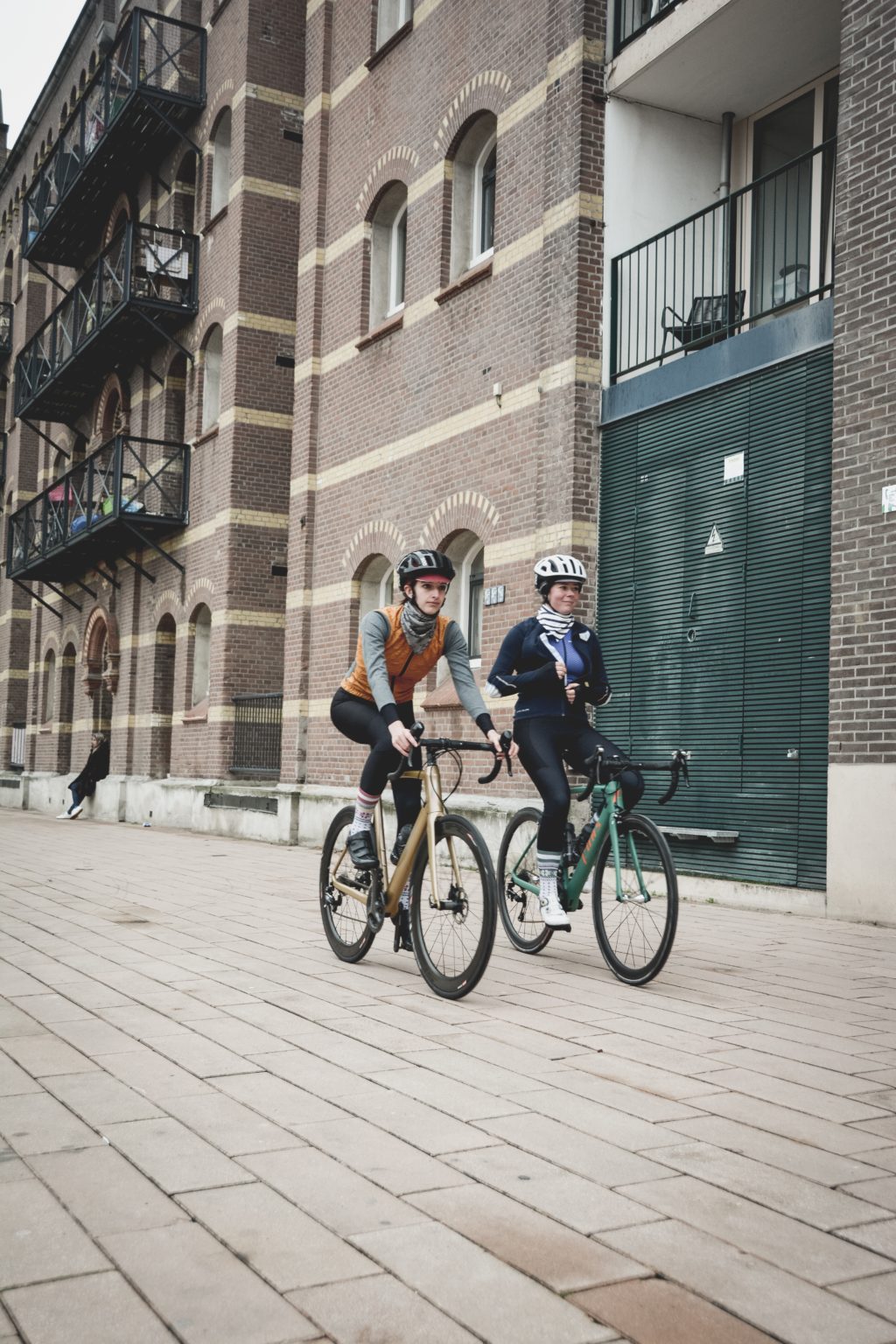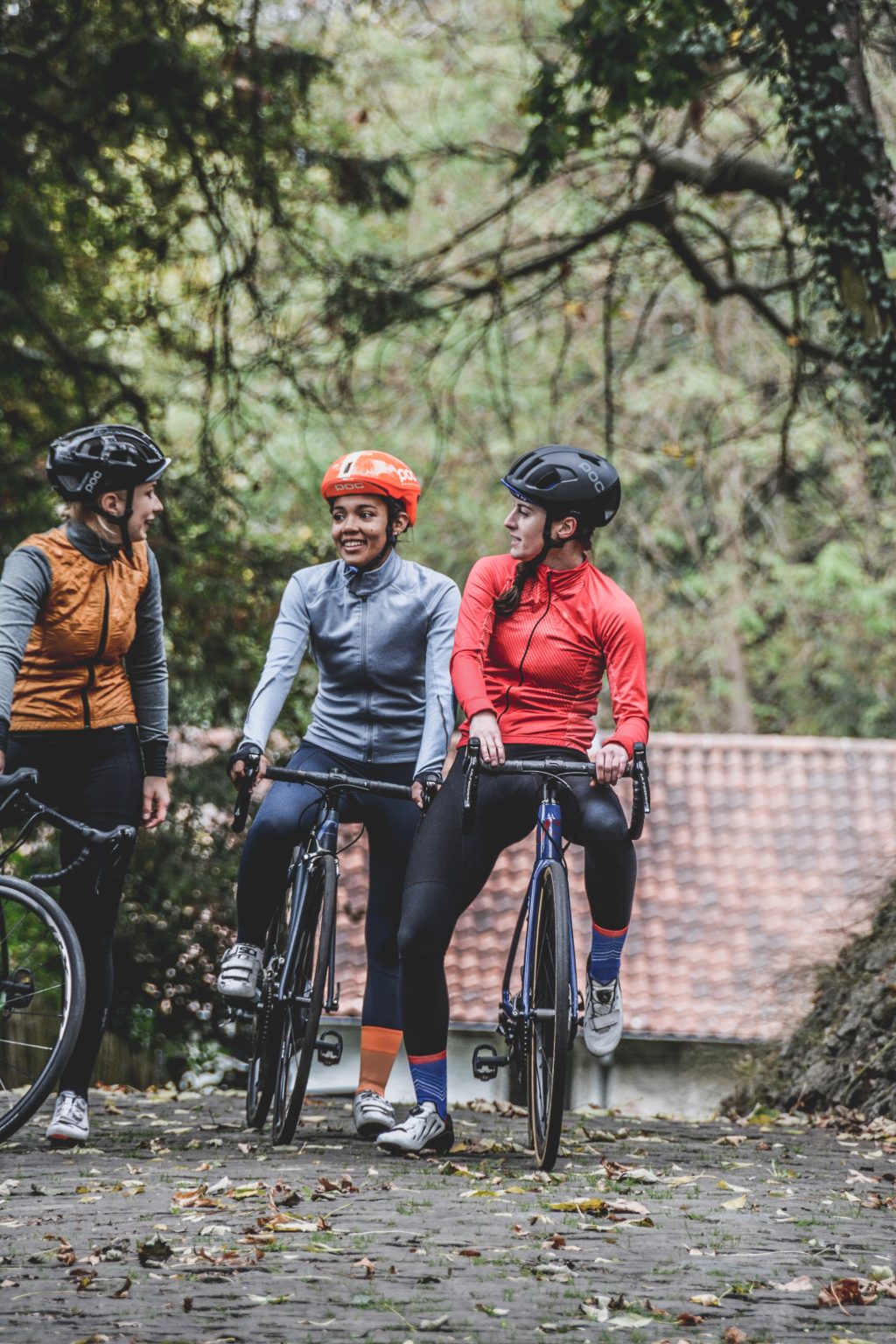
When the weather turns the corner and begins the amble towards winter it can be a real struggle to muster the motivation to get on the pedals and clock up some mileage. We have decided to put together some tips for you to make the most of your winter cycling.
September is the time of year when the passion we have for our sport is tested more than any other when the lazy, hazy days of summer just gone are still fresh in the mind while the rain and wind lash our daily rides.
No one can really say they love winter cycling, but there is a certain satisfaction to be had from laughing in the face of bad weather, in gritting your teeth and getting it done. And among the damp, dreary and drizzly days ahead you can be sure there will be the odd gem of a ride, when the sun bursts out from behind the clouds and lights up the vibrant colours of autumn; when you look around you and realise that, you know what, you love this.
Let’s take a look at how to keep up your passion and maintain motivation even when it’s been raining for 10 days straight.
The right gear for you
If you’re anything like us, being a cyclist is about a lot more than simply turning the pedals. There’s a little bit of the trainspotter in all of us, and as much as we love riding we love all the kit as well. Spending all of that hard-earned on the finest Italian winter jacket is all well and good, but unless you use it it’s kind of a waste.
There aren’t many better ways to beat the winter cycling blues than to embrace them – a crisp day out with mates, warming up over a coffee and cake at the end of the day can do wonders for the soul. So long as you’re kitted out correctly, there’s not much that can hold you back.
We have partnered with Sportspursuit who have great kit at excellent prices. Click here for more information.
The right bits for your bike
With shorter daylight hours in autumn and winter, you need to get the right lights for your rides. In the city, lights that ensure you remain visible to other road users in the urban jungle are the minimum to keep you safe until the clocks change again.
If you’re riding on roads without streetlights, or off-road, you’re going to need a front light that allows you to see where you’re going. Those little £5 twinkies aren’t going to cut it. Aim for a light with at least 600 lumens and you’ll be able to see the monsters before they see you.
Cycling in the dark can turn even your regular circuit into a little adventure. When all you can see is the 30 metres or so illuminated ahead of you, your world shrinks and you’ll find yourself completely immersed in the experience.
Wider tyres with a grippy tread help you stay upright and mudguards keep you and your bike a lot happier when it’s damp. At this time of year, the roads take a lot longer to dry out than in summer, so even if it’s not rained for a day or so there’s likely to be water everywhere. There’s little that can convince you to go home better than a soggy backside, but with the right kit fitted to your bike and yourself, you can ride anywhere any time.
For our guide to Autumn/Winter kit follow this link!
Make a goal
Having a goal can be a great way to get you outdoors when others might dive back beneath the duvet. Why not enter a 100-mile sportive in early spring, or set yourself weekly or monthly distance targets to maintain motivation? Apps like Strava make tracking your progress simple, and the social element allows you to share your achievements and receive morale-boosting encouragement from others.
Join a club (or make your own!)
Cycling clubs aren’t for everyone but throughout the colder months, they can be a great source of motivation on a cold Sunday morn. Winter cycling in a group is great for morale, and you’re less likely to sack the whole thing off and go back to bed if you know you have a bunch of mates waiting for you.
Riding in a group is a lot safer as well, both from a visibility standpoint and should you suffer a spill or a mechanical in the middle of nowhere.
Click here for our guide on group riding etiquette!
Stay inside!
Yeah, we’re going to sound a little hypocritical here, but there are some days when it’s prudent to stay off the roads. Ice, snow or truly torrential rains are best avoided – one slippery corner can mean a sore knee, a trip to A&E or, worst of all, a damaged bike.
An indoor trainer or turbo trainer (we have some top tips for turbo training) will allow you to still keep your legs spinning, well away from all those pesky puddles. With no traffic jams or red lights to worry about they enable you to be very efficient with your workouts too. A turbo also means you don’t have to spend 15 minutes pulling on all your winter gear just for an hour-long ride. You can also marry this up with Zwift (see our beginners guide) to keep your training fresh. You can even race other ‘Zwifters’ from all over the world!
Get muddy
For some cyclists, there’s simply no substitute for getting outside to ride. If you’re one such rider who can’t stand the prospect of long hours sweating it out on the turbo, it could be time to give cyclocross a spin.
Cyclocross was first conceived as a way for pro road riders to maintain their fitness throughout the long winter off-season. Back then, road racing didn’t go on so late into the year, and it definitely didn’t start as early as January in sunny Australia, so something else was needed to keep the legs ticking over. Unlike the road, which is often blighted by wet conditions, in CX they’re almost an essential part of the fun. These muddy, madcap races are short and sharp affairs, never usually longer than an hour and typically requiring participants to do multiple laps of a short course littered with all sorts of obstacles, from steps to climbs, to sandy descents and mini hurdles for testing your bunny hop skills.
Specialist cyclocross bikes are extremely common these days, but you can also convert an old roadie with some wider, knobbly tyres (if your frame and fork have the clearance) or even take the course on with an old-school hardtail MTB. It really doesn’t matter what you ride anyway, so long as you get out there!
Get away!
Pro cyclists know a thing or two about maintaining form throughout winter and would include at least one winter training camp in their annual training schedule. This is why they all descend on warm cycling meccas such as Tenerife and Calpe – not places you’d normally head in summer for peaceful cycling. But come winter you’re more likely to see pros from the WorldTour than groups of drunken Brits, so save up and treat yourself to a mid-winter blast of vitamin D and some of the best cycling in Europe.
If you are looking for travel inspiration, follow this link to our cycling holidays website.
So, that’s us. What about you? How do you keep your pecker up through the dark times? Share your thoughts below.


